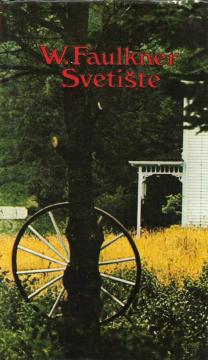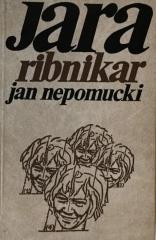
Svetište
We will find all the features of Faulkner's unique talent in the novel Sanctuary (1931), which is characterized by a typical Faulknerian style, an instrument aimed at revealing all those forces that mercilessly deliver his characters to a common curse.
A dark and controversial novel that explores corruption, moral decay, and violence in the American South, set in the fictional Yoknapatawpha County. Often considered one of Faulkner's most accessible, yet provocative works, the novel shocks with its raw depiction of evil and social taboos.
The plot follows Temple Drake, a young college student from a wealthy family, whose seemingly carefree fling with alcoholic Gowan Stevens turns into a nightmare. After a car accident, Temple ends up in the hands of criminals in an abandoned farmhouse, where she is brutally abused by Popeye, an impotent and sadistic gangster. Her attempt to escape leads her to a Memphis brothel, where she becomes the victim of further exploitation. At the same time, the story follows Horace Benbow, an idealistic lawyer who tries to defend Lee Goodwin, unjustly accused of murder, while confronting his own moral boundaries.
Faulkner uses nonlinear narrative and complex characters to expose the dark side of society—from corrupt institutions to the hypocrisy of the upper classes. Temple's transformation from a naive girl to a broken figure symbolizes the loss of innocence, while Popeye embodies pure evil. The novel criticizes social norms and the justice system, leaving the reader with a sense of unease.
Sanctuary is a powerful portrayal of moral decadence, appreciated for its psychological depth and Faulkner's ability to capture the complexity of human nature in a world without justice.
One copy is available





